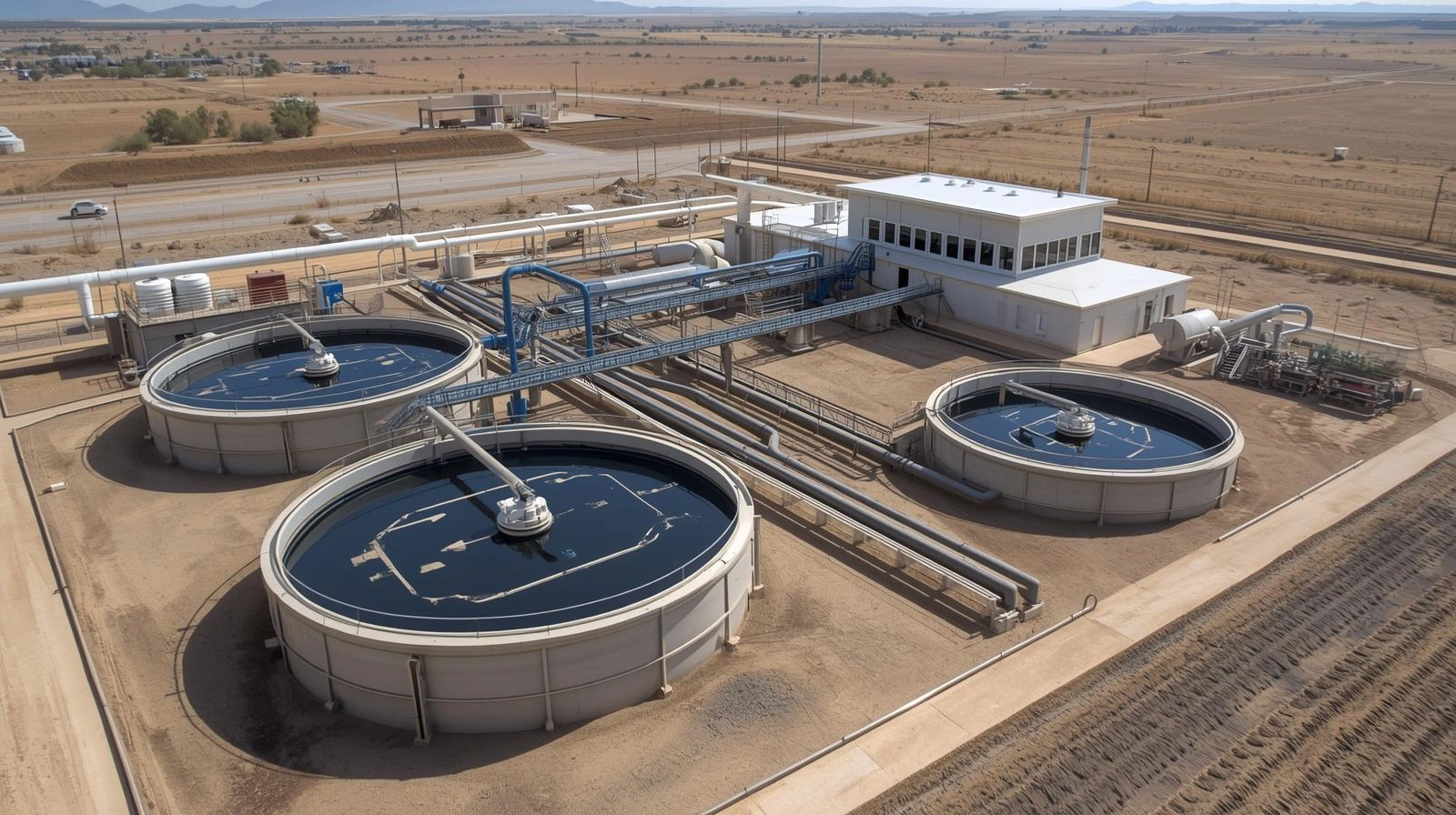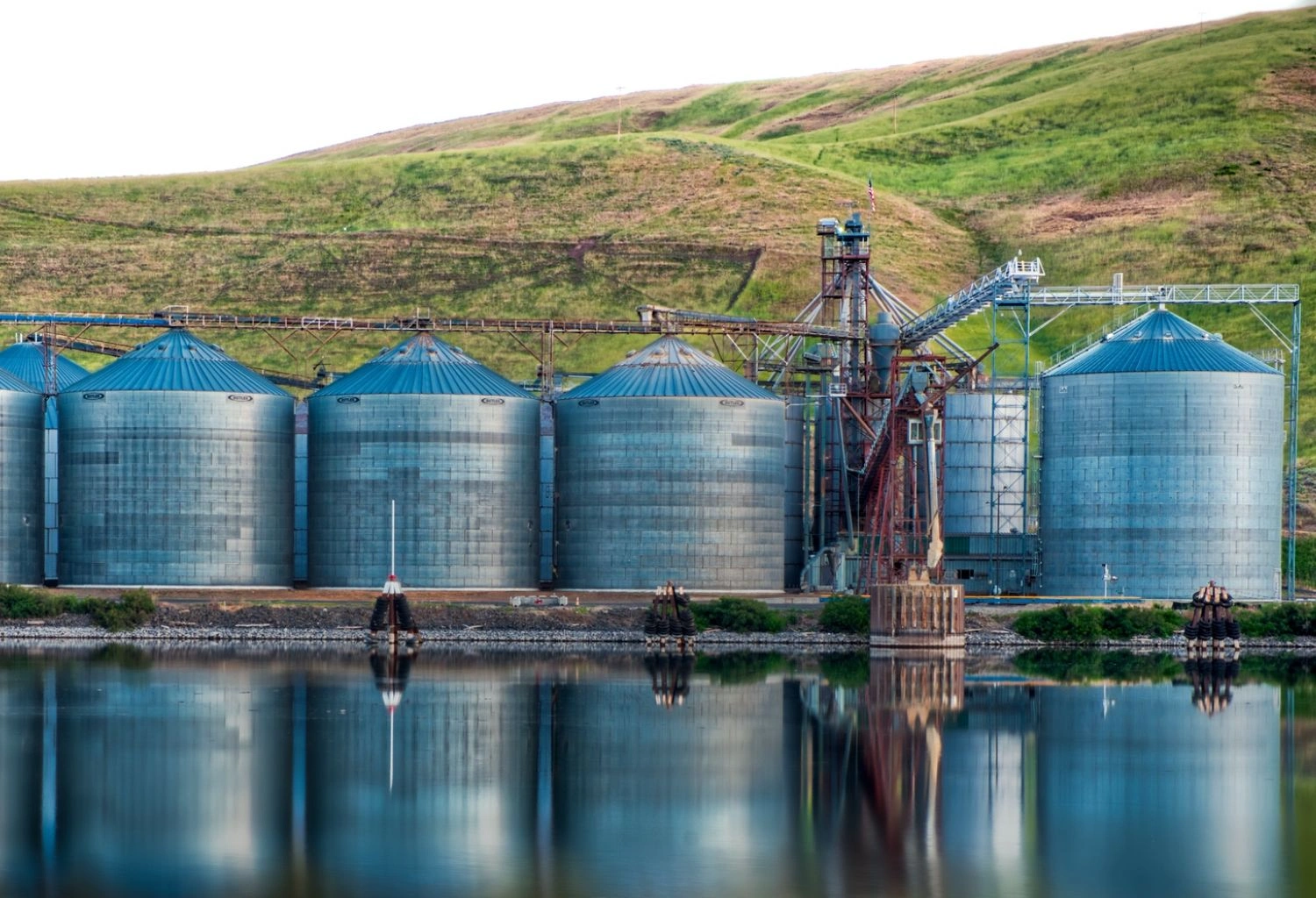Have you ever wondered how your textile mill can comply with environmental regulations and reduce water-costs at the same time? Imagine the scenario: you’re running a textile wet-processing unit in Pakistan, churning out dyed fabric day in and day out, and the gallons of wastewater piling up are not just a cost—they’re a compliance risk. According to recent research, Pakistan can treat only about 1 % of its industrial wastewater—far from what its textile industry demands.
In this article, you will learn how a turnkey ETP plant in Pakistan—designed specifically for textile wastewater treatment—can solve your twin pain-points: regulatory compliance and operational cost efficiency. We’ll break down what such a system includes, show real-world examples, and give you actionable steps you can implement immediately.
What is a turnkey ETP plant and why should textile mills in Pakistan invest one?
A turnkey ETP plant means you engage a provider who delivers a fully engineered, installed, commissioned wastewater-treatment system ready to operate—no piecemeal design, no guesswork. For a textile mill in Pakistan dealing with textile wastewater treatment, it’s a way to off-load complexity.
The “turnkey” advantage
- You get end-to-end service: site survey, effluent analysis, system design, installation, commissioning, training, maintenance.
- For textile mills producing dyeing/finishing effluent, this is crucial: the wastewater contains high Chemical Oxygen Demand (COD), dyes, salts, heavy‐metals, and surfactants.
Real-world example
Kohinoor Textile Mills Limited (Rawalpindi) used ultrafiltration (UF) + Reverse Osmosis (RO) modules under a turnkey model: they upgraded their under-performing ETP, achieved 85 % water-recovery, reduced energy and operational cost.
Why it matters for Pakistan’s textile sector
Pakistan is one of the world’s most water-stressed countries; the textile sector is heavy-on water-use. Investing in a turnkey ETP helps mills:
- Avoid fines, shutdowns and reputational damage for non-compliance.
- Cut freshwater intake, reduce cost of acquisition.
- Reuse treated water (circular economy benefit).
Actionable takeaway: Begin with a full effluent audit: measure flow rate, COD/BOD, salts, dyes, heavy metals. Use that data to demand a turnkey quote instead of generic equipment.
Wastewater Treatment System
How does textile-wastewater differ and how should an ETP plant in Pakistan handle it?
Your wastewater from textile operations is not generic—it carries unique challenges. Understanding them ensures your turnkey ETP is designed correctly.
What makes textile wastewater special
- High dye loading, many synthetic dyes, bleaches, surfactants and chemicals.
- Elevated salts and TDS from dye-fixation, rinsing.
- Variability in flow and composition depending on batch vs continuous operations.
- Stringent discharge limits under Pakistan’s NEQS (National Environmental Quality Standards).
Key treatment steps in an ETP
Typical sequence for a textile-mill ETP:
- Preliminary treatment: screening, grit removal.
- Primary (physical/chemical): coagulation/flocculation, sedimentation.
- Secondary (biological): aerobic/anaerobic processes to remove BOD/COD.
- Tertiary/advanced: ultrafiltration, RO, advanced oxidation for dye removal & reuse.
Pakistan-specific adjustment
Research shows that textile ETPs in Pakistan benchmark around 83–88 % removal under ideal condition. Also, many mills have not installed proper ETPs: “most industries have absence of any waste water treatment plant”.
Actionable takeaway
When you’re negotiating your turnkey package, insist on detailed specs: flow rate (m³/day), expected removal percentages (COD, TSS, colour), technology stack (MBBR, UF-RO, AOP). Compare at least two vendors — ask for a site-visit reference in Pakistan.
What are the cost-benefits of installing a turnkey ETP plant in Pakistan for textile mills?
Let’s talk money. You’re looking not only at CAPEX but also OPEX, risk of non-compliance, water savings and potential revenue from reuse.
Cost dimensions
- CAPEX: equipment, civil work, pipelines, instrumentation, installation.
- OPEX: chemicals, energy, sludge disposal, maintenance.
- Risk cost: regulatory fines, operational downtime, reputational damage.
Benefits measured
- Fresh water reduction → for example, Kohinoor did 85 % recovery, meaning less fresh water purchase.
- Potential reuse of treated water for cooling, washing – reducing water bill.
- Avoiding fines and enabling certification for export markets (buyers increasingly check environmental compliance).
- Possible leadership positioning (eco-friendly brand value).
Pro tip / comparison table
| Benefit | Typical magnitude | Why it matters |
| Fresh water consumption drop | 40-60 %+ | Direct cost saving |
| Reduction in wastewater discharge | Similar to above | Lower treatment/discharge costs |
| Avoided non-compliance fines | Varies | Prevents shutdown, legal risk |
| Brand/market advantage | Qualitative | Ties into sustainability credentials |
Real-world case
Alkaram Textile Mills (Pvt) Ltd. in Karachi installed an effluent-treatment technology with 5,000 m³/day capacity + buffer. They emphasised compliance with national and international standards.
Actionable takeaway
Create a five-year total-cost-of-ownership (TCO) model: list CAPEX plus annual OPEX, water cost savings, risk mitigation value. Use that to compare vendor quotes and build a business-case for your mill.
How to choose the right turnkey ETP plant supplier for textile mills in Pakistan?
Selecting a supplier is critical. A turnkey ETP is only as good as the vendor and their service-capability in Pakistan’s context.
Key criteria
- Experience in textile-industry ETPs (not just general wastewater).
- References / case studies in Pakistan (local climate, water quality, regulation).
- Technology fit (MBBR, MBR, UF-RO, AOP) based on your effluent profile.
- Ability to deliver full service (design, installation, commissioning, training, maintenance).
Real-world example
Water Care Services Pakistan (WCSP) was described in mid-2025 as Pakistan’s top ETP supplier, blending advanced technologies like MBBR, electrocoagulation and AOP for industries.
Questions to ask your supplier
- What is the expected removal efficiency for COD, TSS, colour in my effluent profile?
- What is the footprint and civil work required?
- What are the energy consumption and chemical requirements?
- What is the O&M support structure (lab monitoring, spare parts, training)?
- How does the system scale if I increase textile production in future?
Actionable takeaway
Short-list at least three suppliers. Request a detailed proposal including process flow-diagram, performance guarantees, O&M plan, reference site in Pakistan. Score the proposals against standard criteria (e.g., technical fit, cost, service, local experience).
What recent technology trends should textile mills consider when implementing a turnkey ETP in Pakistan?
Staying current helps you pick future-proof solutions, not outdated ones.
Emerging trends
- Membrane-based systems (UF/RO) for high reuse and minimal liquid discharge (MLD). Example: Kohinoor case.
- Advanced Oxidation Processes (AOPs) to handle dyes and recalcitrant organics.
- Zero Liquid Discharge (ZLD) and internal reuse loops: trend in textile industry globally.
- Benchmarking performance metrics for ETPs – e.g., a 2024 study benchmarked performance at textile‐ETPs in Pakistan: efficiency ~83 % at 30°C.
How to apply for your turnkey project
- Ask for UF/RO modules if you aim to reuse treated water.
- Include AOP stage if your effluent has stubborn dye residue or salts.
- Confirm that the system meets or exceeds NEQS limits even under seasonal temperature/flow variation.
Actionable takeaway
In your RFP (request for proposal), include a “future-proof” section: ask for optional modules / upgrade path (membranes, AOP, ZLD) even if you don’t adopt them immediately. This ensures scalability.
What regulatory and compliance checkpoints must textile mills in Pakistan ensure when installing a turnkey ETP plant?
Regulations are not just red-tape—failure can shut you down. You need full compliance.
Key regulations
- Pakistani Environmental Protection Agency (and provincial EPAs) enforce the National Environmental Quality Standards (NEQS) for wastewater discharge.
- Non-compliance can lead to fines, unit closures, loss of export credentials. Research shows many textile units still have no effective wastewater treatment.
Compliance checklist
- Effluent discharge levels: check COD, BOD, TSS, pH, colour, heavy-metals against NEQS.
- Lab monitoring and reporting: ensure contract includes periodic external testing. Example: Alkaram’s in-house plus external testing.
- Operational logs, sludge disposal records, maintenance records.
- Permits / consents for discharge or reuse as applicable.
Risk of neglect
When you skip these, you risk penalties and forced shutdowns. For textile mills in Pakistan, it’s increasingly a matter of business continuity and export eligibility.
Actionable takeaway
Build a compliance tracker: list every parameter you must comply with, schedule monthly/quarterly testing, link this function into your ETP operations contract with the supplier.
What are common mistakes to avoid when implementing a turnkey ETP plant for textile mills?
Learning from others’ mistakes helps you avoid rework and hidden costs.
Common pitfalls
- Selecting generic systems: Not tailoring to textile effluent characteristics—leads to under-performance.
- Ignoring O&M costs: Picking cheapest upfront CAPEX but ignoring high chemical/energy costs.
- Neglecting monitoring & training: Without proper training, systems under-perform.
- Ignoring scalability: Future growth of mill not accounted for, leads to capacity bottlenecks.
- Lack of vendor accountability: No performance guarantee, vague deliverables.
Expert insight
From benchmarking research: plant efficiency drops significantly when temperature varies, dosing is non-optimal, or maintenance is lax.
Actionable takeaway
Insert service level agreement (SLA) into your turnkey contract: vendor must guarantee minimum efficiency (e.g., ≥ 85 % COD removal) over first 12 months; include penalty clause if not met. Also, plan for training of your operations team.
Conclusion
In summary, investing in a turnkey ETP plant for your textile-mill in Pakistan is not just an environmental “nice-to-have” — it’s a strategic business decision. You’ll get regulatory compliance, cost savings in water and energy, operational resilience, and potentially a marketing edge. You’ve seen how textile wastewater is specialized, how to choose the right provider, what technology trends matter now (UF/RO, AOPs), what regulatory checkpoints to monitor, and common pitfalls to avoid.
Call to action: Start by commissioning an effluent audit this quarter, prepare a business case (CAPEX/OPEX/ROI) and issue an RFP to at least three turnkey ETP vendors by end of next month. Make sure to link to relevant internal content such as our “Textile Wastewater Treatment Trends 2025”, “Zero Liquid Discharge for Textile Mills” and “Water-Cost Reduction Strategies for Apparel Industry”. Also, consider external authority links like the 2024 Springer review of textile wastewater trends.
Your next step: schedule a vendor-site visit in Pakistan, review reference installations, and prepare your procurement budget accordingly.
FAQ
Q1: What is an ETP plant Pakistan for a textile mill?
An ETP plant Pakistan refers to a wastewater-treatment installation specifically designed for industrial effluent treatment within Pakistan. For textile mills, it means a system capable of treating dyeing/finishing wastewater from your operations so you meet regulatory discharge limits and reduce freshwater intake.
Q2: How much does a turnkey ETP for textile wastewater treatment cost in Pakistan?
Costs vary widely depending on flow-rate (m³/day), effluent complexity, reuse targets and technology. A ball-park: for small-medium textile mill (e.g., 1,000 m³/day) you might budget CAPEX in USD hundreds of thousands, plus annual OPEX. Use the five-year TCO model above for realistic budgeting.
Q3: Can the treated water from ETP plants be reused in textile operations?
Yes. With the right tertiary/membrane stage, treated water can be reused for non-potable purposes (wash-down, cooling, textile rinsing). For example, Kohinoor’s installation achieved 85 % water recovery via UF/RO.
Q4: Will a turnkey ETP plant solve all my textile-wastewater issues?
It significantly addresses them, but you must: ensure proper design for your specific effluent; operate it well (trained staff, maintenance); monitor compliance parameters continually. If you skip these aspects, you risk under-performance.
Q5: What regulatory risks do textile mills face without proper ETP in Pakistan?
They face potential fines, shutdowns, loss of export credentials (buyers demanding compliance), environmental litigation and reputational damage. Research shows many textile units still lack proper wastewater treatment.
Q6: Are there technology standards I should insist on when selecting an ETP supplier?
Yes. For textile mills you should check for: MBBR/MBR for secondary treatment, UF/RO for tertiary reuse, AOPs if dyes and recalcitrant organics are present. Ensure vendor can show performance data (COD, colour removal).
Q7: When should my textile mill upgrade or consider a new ETP plant?
When you expand production (higher wastewater volumes), your current system fails to meet compliance limits, you want to implement reuse (water cost reduction), or you want to grow into export markets demanding sustainability credentials.


